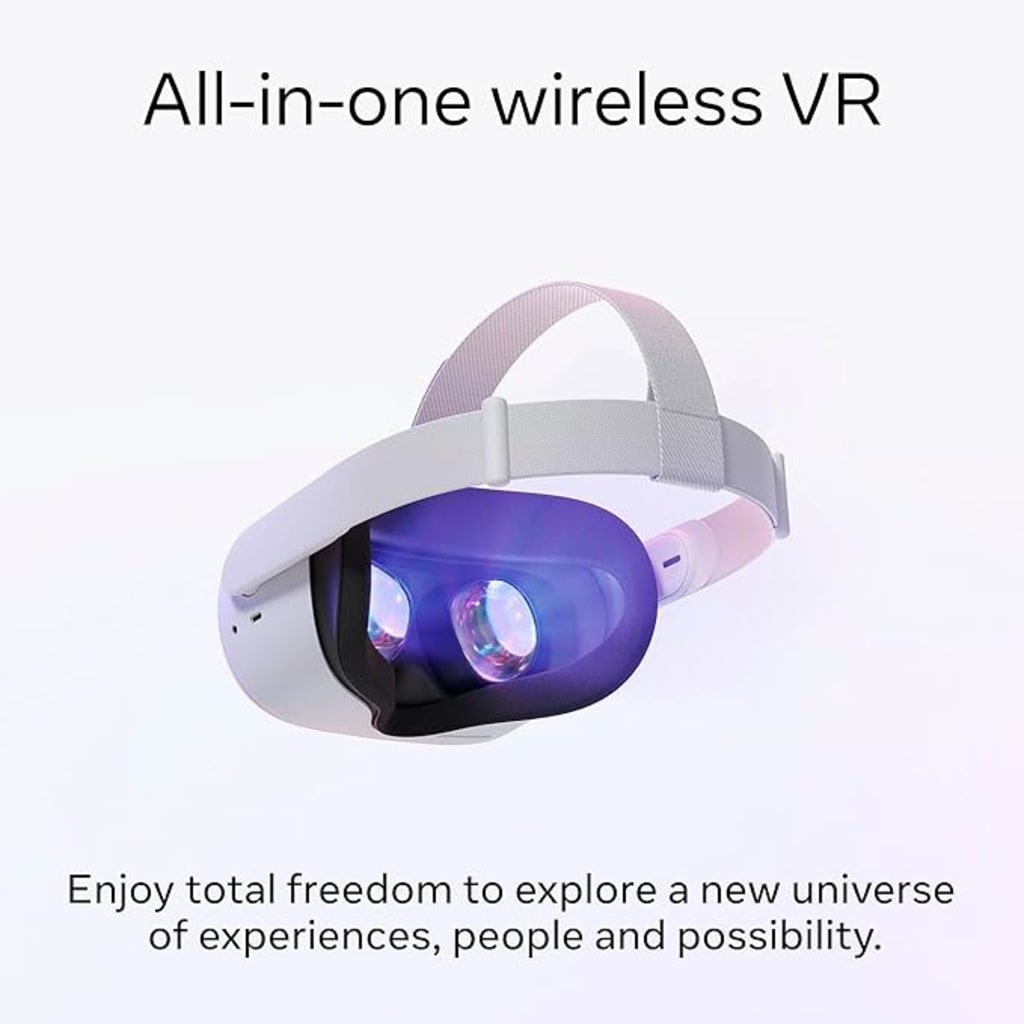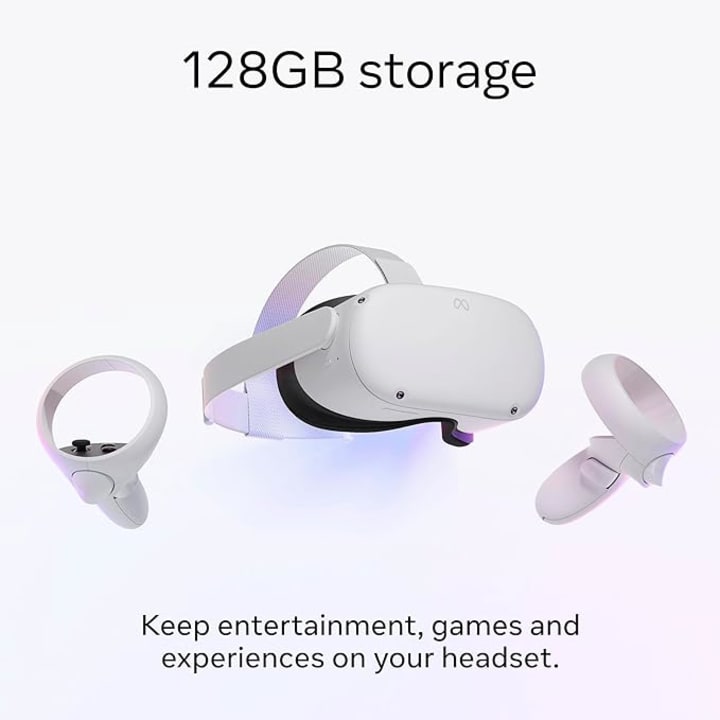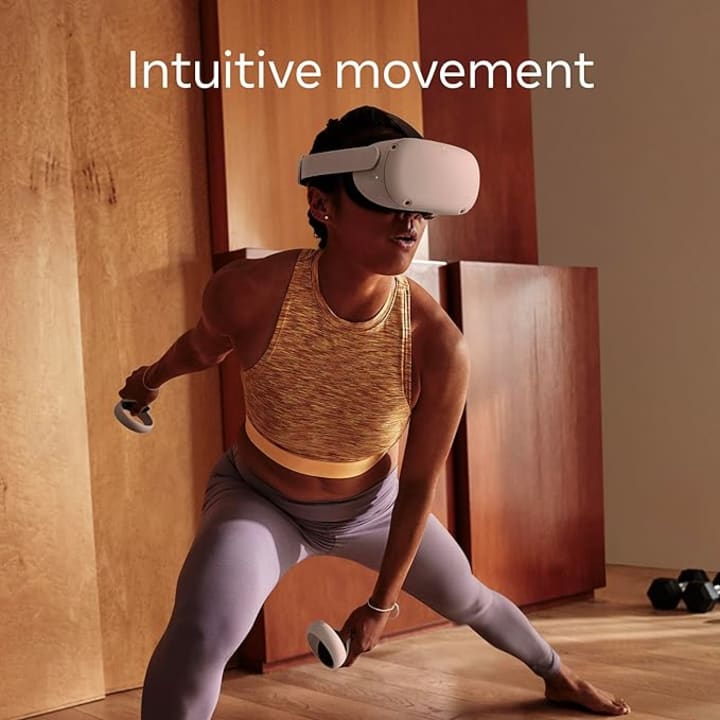Jump into the future of gaming
Virtual Reality Headset

The advent of viThertual reality (VR) technology has revolutionized the way we experience digital content, and at the forefront of this innovation is the VR headset. This cutting-edge device immerses users in a fully interactive and three-dimensional virtual world, transforming gaming, education, and professional training. By combining advanced optics, high-resolution displays, and precise motion tracking, VR headsets deliver an unparalleled sense of presence, making users feel as though they are truly inside the virtual environment. Whether you're exploring fantastical realms, conducting intricate simulations, or collaborating in a virtual workspace, a VR headset opens up endless possibilities for entertainment, learning, and productivity.

A virtual reality (VR) headset is a sophisticated piece of technology designed to immerse users in a computer-generated 3D environment. Equipped with high-resolution displays and advanced optics, VR headsets provide a wide field of view and realistic visuals, creating a sense of presence that makes users feel as though they are physically inside the virtual world. Integrated motion tracking sensors detect head movements, allowing the virtual perspective to shift naturally as the user looks around. Many VR headsets also include built-in audio systems and haptic feedback to enhance the sensory experience further. These devices can be connected to a variety of platforms, including PCs, gaming consoles, and standalone systems, catering to a wide range of applications from gaming and entertainment to education, training, and virtual collaboration. With ongoing advancements in technology, VR headsets continue to evolve, offering increasingly realistic and interactive experiences.

Wide Field of View (FOV): A broad field of view, typically ranging from 100 to 120 degrees, allows for a more immersive experience by filling the user's peripheral vision.
Motion Tracking: Advanced motion tracking systems, such as six degrees of freedom (6DOF) tracking, monitor head and body movements in real-time. This ensures that the virtual environment adjusts dynamically to the user's actions.
Built-in Audio: Many VR headsets feature integrated spatial audio, providing 3D soundscapes that enhance the realism of the virtual world. Some models include noise-canceling headphones to block out external distractions.
Controllers and Haptics: Accompanying hand controllers provide intuitive interaction within the virtual environment. These controllers often feature haptic feedback to simulate touch and enhance the sense of immersion.
Eye Tracking: Advanced VR headsets incorporate eye-tracking technology, which enhances realism by adjusting the display based on where the user is looking. This feature also enables more intuitive interactions and can improve performance by reducing the graphical load in peripheral areas.
These features collectively contribute to the versatility and appeal of VR headsets, making them powerful tools for entertainment, education, professional training, and beyond.
In conclusion, virtual reality headsets represent a remarkable leap forward in technology, offering unparalleled immersion and interactivity. Whether for gaming, education, or professional applications, these devices transform the way we engage with digital content, making experiences more vivid and lifelike than ever before. As advancements continue to push the boundaries of what VR headsets can achieve, their potential to reshape our interaction with virtual environments is limitless. Embracing a VR headset opens the door to new realms of possibility, revolutionizing our perception and interaction with the digital world.
About the Creator
Enjoyed the story? Support the Creator.
Subscribe for free to receive all their stories in your feed. You could also pledge your support or give them a one-off tip, letting them know you appreciate their work.





Comments
There are no comments for this story
Be the first to respond and start the conversation.